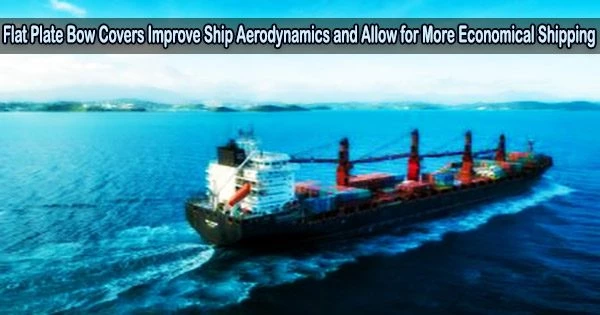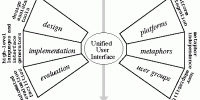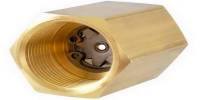Because they are effective and efficient, ships are the primary means of transportation for international trade. Enhancing a ship’s aerodynamic performance could increase speed and decrease fuel consumption, thus enhancing shipping’s economics.
Flat plate bow covers for ships have recently been shown to lower overall wind drag on ships by about 40%, which could result in significant fuel savings, according to experts from Japan and Vietnam.
Marine transportation accounts for over 80% of international trade. It is made efficient and effective by superstructures like passenger ships, cargo ships, oil tankers, and roll-on/roll-off auto ferries.
Nevertheless, there is an ever pressing need to make shipping more economical. This is because ships’ above-water hulls, or the visible body of the ship when sailing, experience tremendous drag from winds, and scientists have worked hard to improve the aerodynamic performance of ships.
Recently, an international cooperation research group comprising Dr. Ngoc-Tam Bui, an Assistant Professor at the College of Systems Engineering and Science at the Shibaura Institute of Technology and Dr. Ngo Van He and Dr. Ngo Van Hien, Associate Professors from Hanoi University of Science and Technology has simulated and compared different bow (the front of the hull) covers, which reduce the total wind drag acting on ships.
Their work was made available online on 31st January 2023 and published in Volume 270 of the Ocean Engineering journal on 15th February 2023.
The proposed flat plate bow cover is simple to manufacture and reduces the wind drag acting on a ship almost as well as a streamlined cover. Thus, it will improve the aerodynamic performance of small passenger ships, resulting in greater fuel oil savings and economic efficiency in marine transportation.
Professor Dr. Ngoc-Tam Bui
Prof. Bui briefly explains the research methodology. “This work utilized ANSYS-Fluent, a commercial software, for performing computational fluid dynamics (CFD) simulations. Herein, a small passenger ship (with and without a bow cover) and its surroundings were divided into millions of elements using a mesh a numerical grid. Then, ‘Reynolds-averaged Navier-Stokes equations,’ which represent time-averaged fluid flow motion for each element, were solved using a turbulent viscous model. Their combined results yielded the wind drag acting on the ship’s above-water hull.”
The researchers discovered that a finer mesh produced findings with more accuracy, with 23.62 million elements serving as the ideal quantity. In addition, a model called ‘detached-eddy-simulation (DES) k-ε’ yielded the lowest wind drag out of the five turbulent viscous models tested in this work.
The researchers ran CFD simulations for a standard streamlined cover and seven flat plate-shaped bow covers with varying lengths and heights using the optimal mesh and DES k-ε model.
“The dynamic pressure region around the bow and the wind drag reduced drastically with increasing height of the flat plate cover. The ship faced 38.71% lower total drag with a 2.4 m-high bow cover than a 0.37 m-high one. This value is similar to the 42.41% reduction for a ship with the streamlined cover,” highlights Prof. Bui.
The researchers in this study also emphasize the impact of wind direction on a ship’s aerodynamic performance. When the wind is blowing at an angle of 20o to the ship’s direction, the drag is at its peak regardless of the bow cover. Further, it is almost zero for 90o. At larger angles, the wind drag reverses direction, aiding the ship’s movement.
Discussing the future potential of the present work, Prof. Bui says, “The proposed flat plate bow cover is simple to manufacture and reduces the wind drag acting on a ship almost as well as a streamlined cover. Thus, it will improve the aerodynamic performance of small passenger ships, resulting in greater fuel oil savings and economic efficiency in marine transportation.”
The results of this study may help ship designers and engineers reduce fuel usage, which would result in more cost-effective shipping.
















